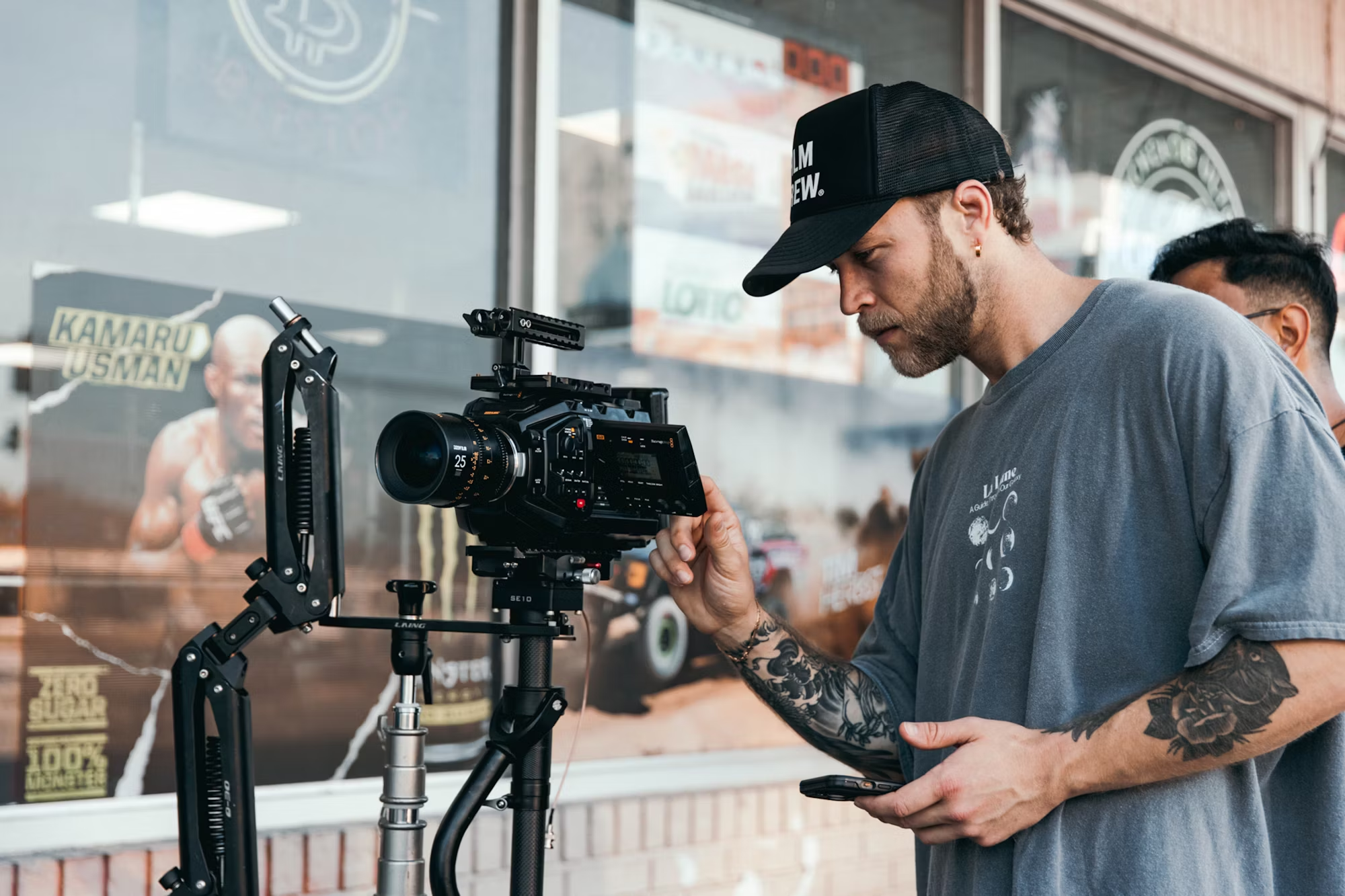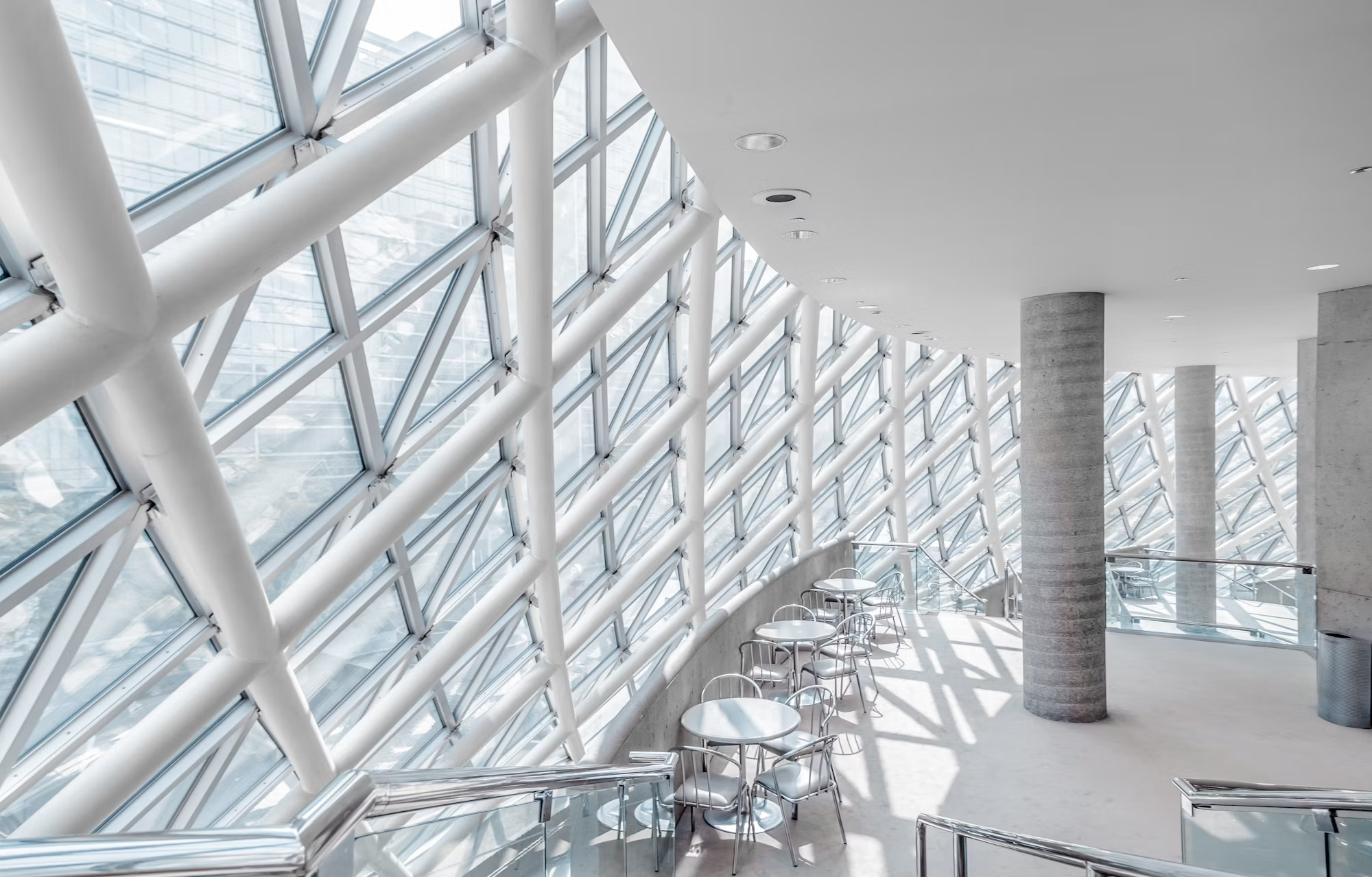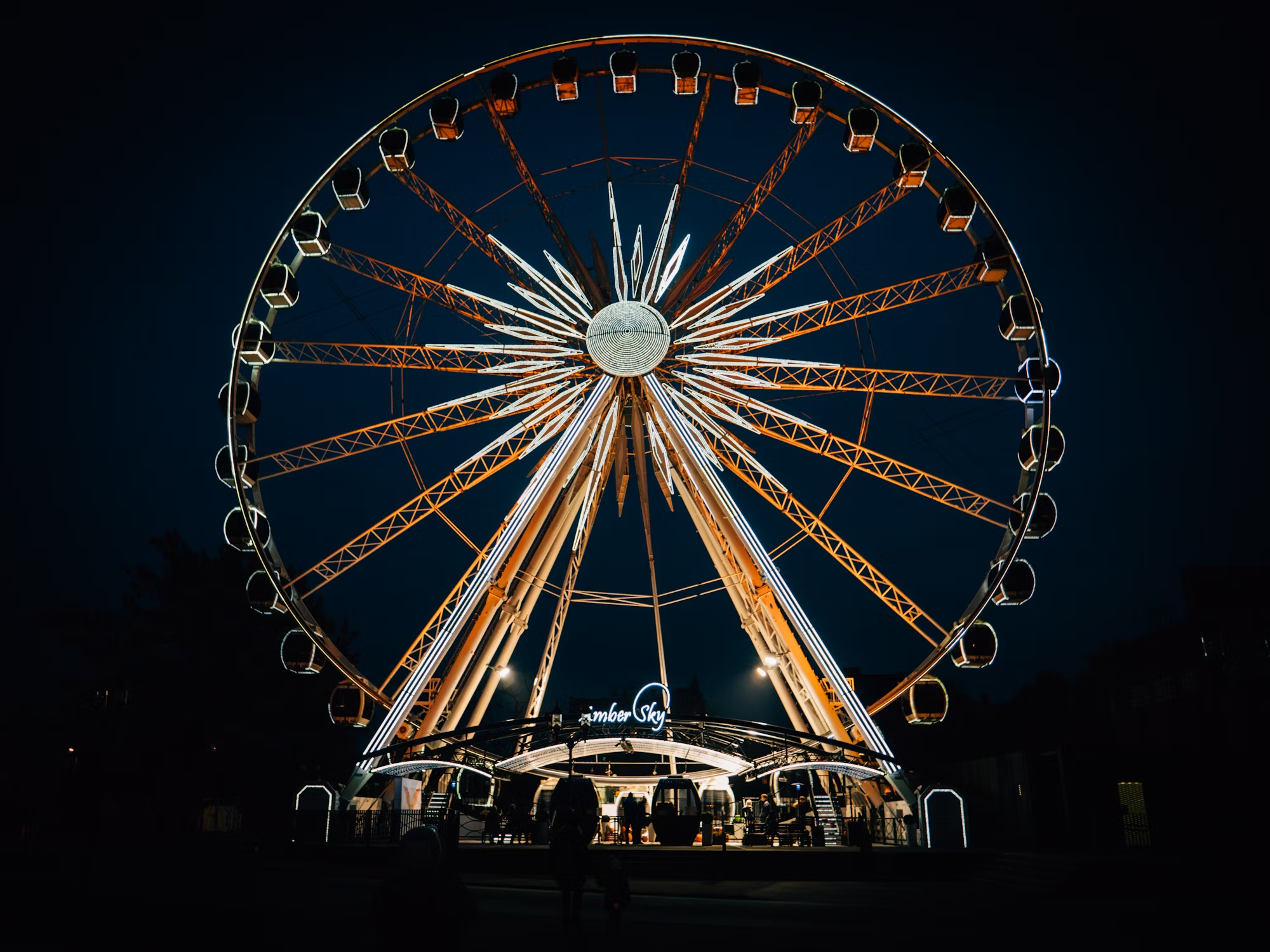Musical films have a unique ability to transport audiences into vibrant worlds where song and dance intertwine seamlessly with storytelling. These films have captivated viewers for decades, combining powerful narratives with memorable musical performances that resonate deeply. From classic Hollywood musicals to contemporary adaptations, the genre has evolved significantly while maintaining its core appeal: the celebration of life, love, and the human experience. This article delves into the rich history, artistic value, and cultural impact of musical films, exploring why they continue to enchant audiences around the globe.
The origins of musical films can be traced back to the early days of cinema, where silent films often featured live musical accompaniment. As sound technology advanced in the late 1920s, filmmakers began incorporating synchronized soundtracks, leading to the birth of the modern musical. Classic films such as “The Jazz Singer” marked a turning point, showcasing how music could enhance storytelling in powerful ways. The subsequent rise of Hollywood musicals in the 1930s and 1940s introduced audiences to a dazzling array of songs and choreographed numbers that became hallmarks of the genre.
One of the defining features of musical films is their ability to convey emotion through music. Whether it’s a heartfelt ballad expressing love or an upbeat number celebrating friendship, songs can encapsulate feelings that dialogue alone may struggle to convey. This emotional depth is often enhanced by elaborate choreography, transforming scenes into visual spectacles. Iconic films like “Singin’ in the Rain” and “West Side Story” not only tell compelling stories but also use music and dance to elevate the narrative, creating unforgettable moments that linger in the minds of viewers long after the credits roll.
The golden age of musicals produced some of the most beloved films in cinema history. Studios like MGM and Paramount brought together talented songwriters, choreographers, and performers to create masterpieces that became cultural touchstones. The allure of stars like Judy Garland, Fred Astaire, and Gene Kelly captivated audiences, showcasing their extraordinary talents while also paving the way for future generations of performers. These films celebrated escapism, offering viewers a chance to forget their troubles and immerse themselves in a world of rhythm and romance.
As the musical genre evolved, filmmakers began experimenting with different styles and themes, reflecting the changing cultural landscape. The 1960s and 1970s saw the rise of rock musicals like “Hair” and “The Rocky Horror Picture Show,” which embraced countercultural movements and pushed the boundaries of traditional storytelling. These films resonated with audiences seeking more relatable and contemporary narratives, blending music with social commentary and self-expression.
In recent years, the resurgence of musical films has reinvigorated the genre, attracting new audiences while appealing to nostalgic viewers. Contemporary hits like “La La Land” and “The Greatest Showman” have successfully merged classic musical elements with modern sensibilities. These films not only showcase exceptional musical talent but also explore themes of ambition, love, and the pursuit of dreams, echoing the timeless nature of the genre. By combining captivating visuals, engaging performances, and relatable stories, these films remind audiences of the power of music to inspire and uplift.
Musical films also play a crucial role in shaping cultural identity. They often reflect the societal values and aspirations of their time, offering insights into the cultural zeitgeist. For instance, Disney’s animated musicals have consistently conveyed messages of hope, friendship, and bravery, resonating with both children and adults. Classics like “The Little Mermaid” and “Beauty and the Beast” have become beloved narratives that not only entertain but also impart valuable life lessons, encouraging audiences to embrace their true selves.
The global appeal of musical films has also led to the emergence of diverse interpretations across cultures. From Bollywood musicals that incorporate vibrant song and dance numbers to European operettas, musical storytelling transcends borders, celebrating the universal language of music. This cultural exchange enriches the genre, allowing filmmakers to draw from various influences and styles, ultimately expanding the narrative possibilities of musical films.
As technology continues to advance, the production of musical films has transformed significantly. High-quality sound and visual effects have elevated the viewing experience, allowing filmmakers to create stunning musical sequences that captivate audiences. Streaming platforms have further democratized access to musical content, enabling a wider variety of productions to reach viewers. This shift not only allows established filmmakers to showcase their work but also gives emerging artists the opportunity to share their stories through musical storytelling.
In conclusion, musical films occupy a special place in the hearts of audiences around the world. Their ability to blend music, dance, and narrative creates a unique and immersive experience that celebrates the joy of life and the power of human connection. As the genre continues to evolve, it remains a vibrant and essential part of the cinematic landscape, inviting audiences to sing, dance, and dream together. Whether through classic films that define the genre or contemporary works that push boundaries, musical films will always hold a cherished spot in the realm of storytelling, reminding us of the enduring magic of song and dance.





